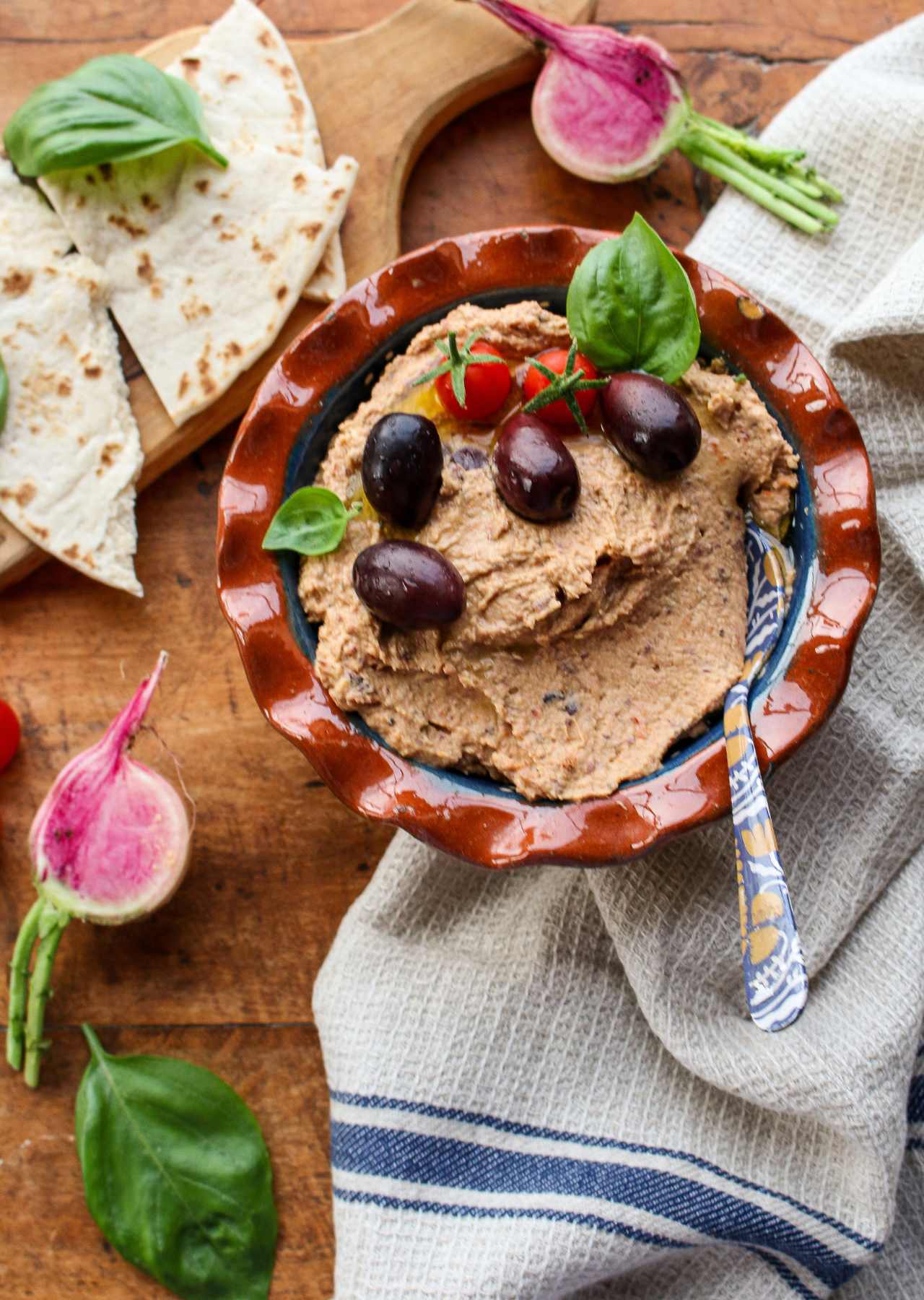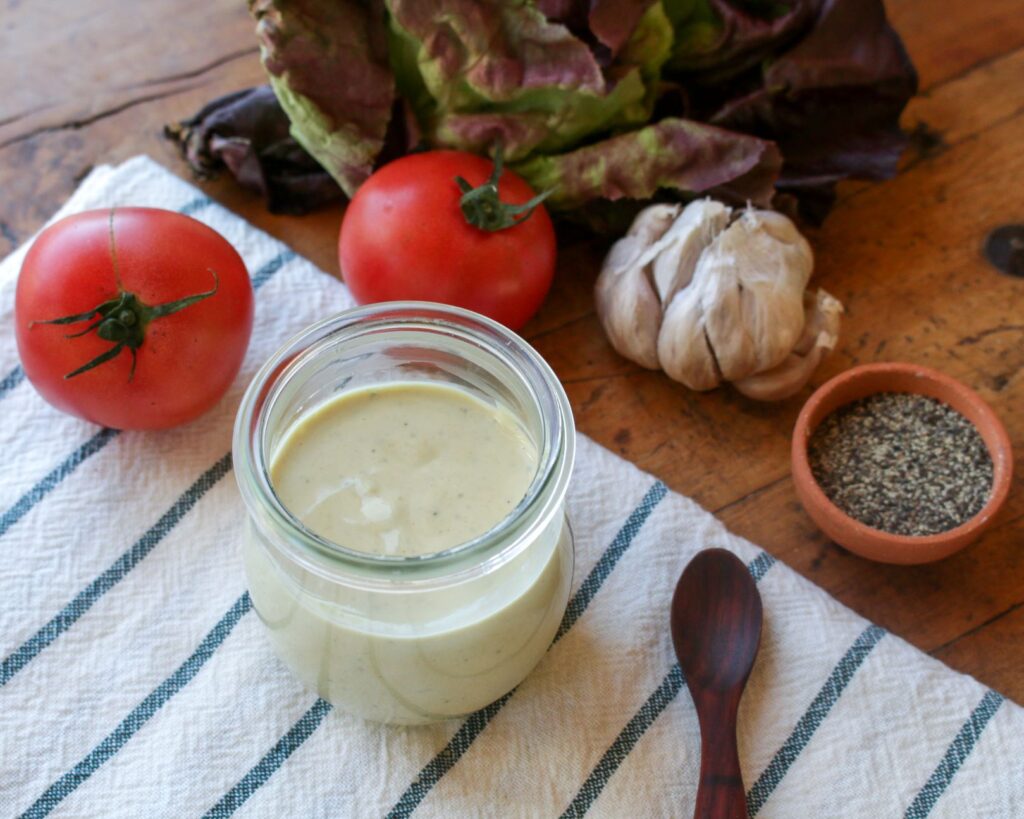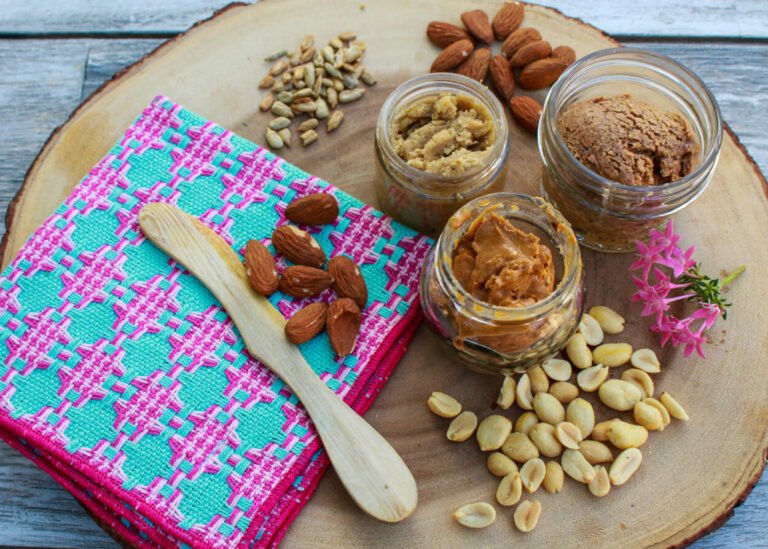Is fat good for you? Are there types of fats you should be eating? Are there types of fats you should avoid? So many people express their concerns about the topic of healthy fats in the diet. That’s why I’m answering your top questions about how to get fats into your diet in a healthy way.
The idea that fats are something to be afraid of is common. Many people have the misconception that fat in the diet automatically leads to weight gain, high cholesterol levels and heart disease. But it’s not that simple. While unhealthy fats can have negative effects on your health, many studies have shown that healthy fats can actually improve your health. So it’s important to be aware of the type of fats you’re choosing – some can lead to clogged arteries, while others reduce the risk of heart disease. In fact, adding healthy fats to your daily meals is essential for proper body function. There are several types of fats to consider: trans fats, saturated fats, monounsaturated fatty acids, polyunsaturated fatty acids, and omega-3 fatty acids. Each of these fats can be categorized based on their health potential. Today, I’m here to answer your top questions about the differences between these fats, along with lots of information about the benefits associated with healthy fats in your lifestyle.
Question: What are healthy fats and how do they differ from unhealthy fats?
Sharon’s response:
Healthy fats are those that are unsaturated, such as polyunsaturated and monounsaturated. These are plant-derived fats, although tropical fats such as palm oil and coconut oil contain saturated fatty acids. Plants have different types of fats, but most of them belong to the unsaturated category. Foods like nuts, seeds, avocados, olives, and vegetable oils are mostly poly or monochromatic, so they are healthier fats. The oils produced from these foods are healthier for your heart, too. Saturated fats, found mainly in animal foods (meat, high-fat dairy) are associated with health risks, especially heart disease.

Question: Can you analyze the differences between the following and explain which are classified as healthy and unhealthy?
Sharon’s response:
Trans-fatty acids: These are the least healthy—they’re artificial fats mostly in the form of partially hydrogenated oils, but these have largely been banned from our food system. There are some small amounts found naturally in foods, but experts believe natural sources are nothing to worry about.
Saturated fat: These fats are solid at room temperature and have been linked to health risks, particularly heart disease. There’s a lot of mythology about saturated fats being “healthy” now, but the last few decades of research have been pretty convincing that they raise cholesterol, which increases the risk of heart disease. That’s why all the major health organizations still say keep it to a minimum, no more than 10% of calories, even less if you’re at high risk.
Monounsaturated fatty acids (MUFAs): These are unsaturated fats (olive oil is a prime example) that have been linked to health benefits such as lower risk of heart disease and lowering cholesterol. It is a part of the Mediterranean diet that produces benefits. Olive oil by itself and as part of this diet has health benefits.
Polyunsaturated fatty acids (PUFAs): These are unsaturated fats that are linked to a lower risk of heart disease and cholesterol, as well as reduced blood pressure. One type is omega-3 fatty acids (see below). They are liquid at room temperature. Examples of sources include nuts, seeds, flax, fish and seed oils.
Omega-3 fatty acids: These are PUFAs that have been linked to specific health benefits, including for the heart and brain. The short chain type (ALA) is found in walnuts, chia, hemp and flax seeds, tofu, soy. And the long chain (EPA, DHA) is found in fish – especially cold water fatty fish like salmon and algal oil. Your body can convert some ALA to EPA/DHA, but at low rates.

Question: When did researchers begin to recognize the health benefits of healthy fats?
Sharon’s response:
This has been known now for the past few decades. Before that, there was a fear of fat and low-fat diets were pervasive in the nutrition field and the community at large. It was considered that all fats were bad for you, then more and more knowledge based on nutritional research showed that it was the type of fat that mattered. During the low-fat era, people replaced fat with refined carbohydrates, and this was not a good switch for health – we now know that refined carbohydrates, such as white flour in baked goods, cookies, snacks, are associated with increased cardio metabolic risks. and healthy fats are not; they can really help protect health. Now, a moderate intake of healthy fat is the way to go. The Med Diet is a perfect example of this.

Question: What are the main benefits of eating healthy fats in your diet?
Sharon’s response:
Healthy fats are associated with lowering cholesterol levels, which can reduce the risk of heart disease. There is a wide body of research on this, which is why large organizations such as Aha, ANDand DGAs, support this approach to optimal nutrition. The best way you can make choices to promote optimal health in this area is to choose a healthy cooking oil (my top recommendation is EVOO), healthy spreads (i.e. nut butters and avocado butter), and avoid fatty meats, fatty dairy products. and tropical oils like coconut (look for coconut milk to reduce fat) and palm oil. Read ingredients and monitor saturated fat levels in foods.
Healthy fats are associated with lower inflammation, which is the underlying cause of many chronic diseases. The opposite is true for saturated fat, which is associated with higher levels of inflammation. Choose fewer animal foods to reduce saturated fat. choose sustainable fish twice a week and include more nuts, seeds, avocados and olives/oil in your diet.
Healthy fats are linked to better brain health. In particular, omega-3 fatty acids are important for brain development, as well as maintaining brain health. They are anti-inflammatory fats, which have been linked to reducing the risks of dementia, although we need more research in this area. Choose more servings of soy foods, nuts and seeds such as walnuts, chia, hemp and flax.

Question: What is the RDA for each person when it comes to healthy fats?
Sharon’s response:
As a macronutrient, the DRI is 20-35% of total calories from fat, and the recommendation is that at least 90% of these should come from healthy fats. For the average person, that means you need a total of 44 – 77 grams of healthy fat per day. The AI for ALA is 1.1-1.6 g per day, based on sex, for adults.
Question: What’s the bottom line when it comes to healthy fats?
Sharon’s response:
Don’t be afraid of fats! It’s all about moderation and choosing healthy options. That said, fat is very calorie dense, so if you’re concerned about maintaining a healthy weight, keep your fat intake in check. Just a small portion at meals may be all you need. It’s easy to go crazy with fat. You don’t need to consume 1/4 cup of EVOO to get benefits, which can provide you with nearly 500 calories. Instead, just a drizzle is all you need.
Try these recipes that contain healthy fats:
Check out the other nutrition questions I answer on The Plant-Powered Dietitian:
